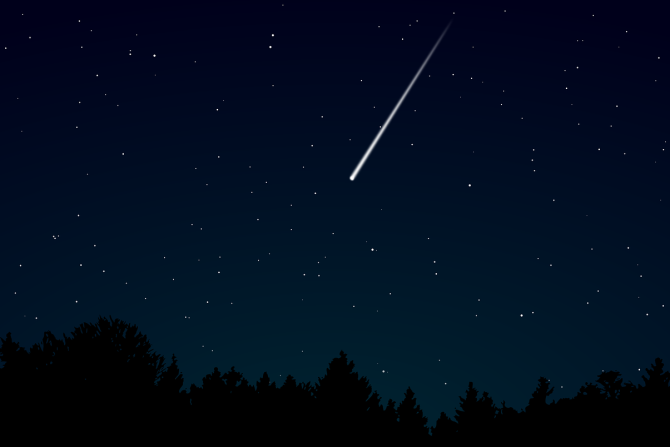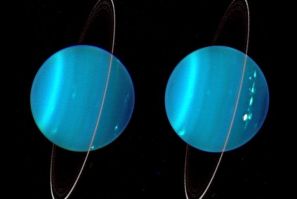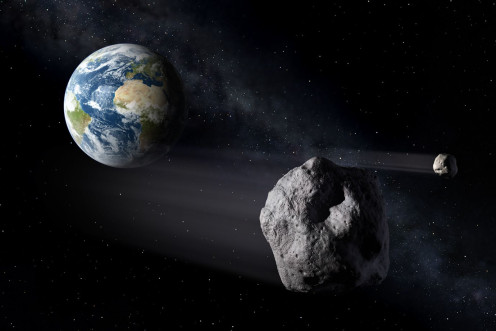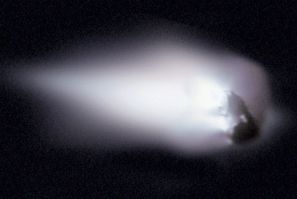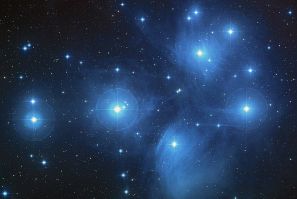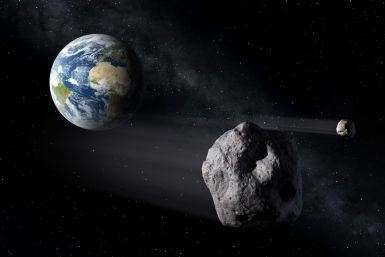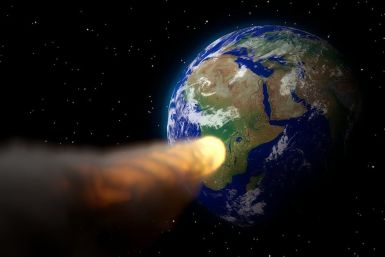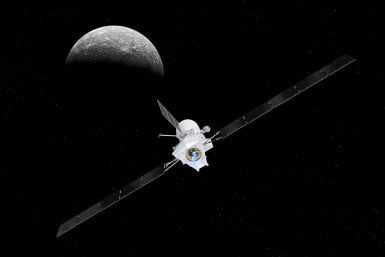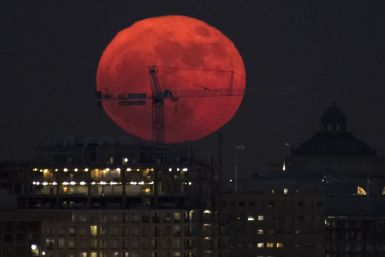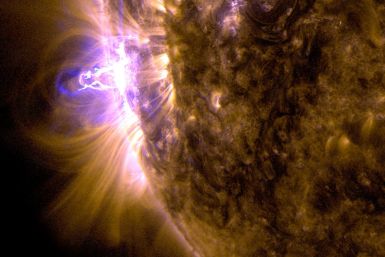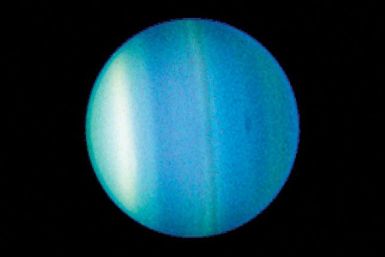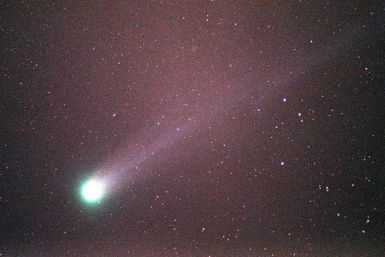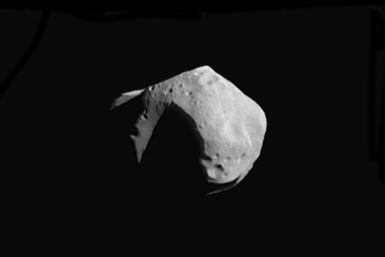NASA is currently monitoring a building-sized asteroid that’s expected to approach Earth tomorrow.
Several eyewitnesses from different parts of England reported seeing a bright fireball streaking across the night sky earlier this week.
NASA’s Center for Near-Earth Object Studies (CNEOS) has detected two asteroids that are expected to approach Earth tomorrow.
The European Space Agency (ESA) is preparing to execute an Earth-flyby maneuver for its Mercury exploration spacecraft BepiColombo. Although the agency has already implemented restrictions at its facilities due to the COVID-19 outbreak, ESA noted that it is important to push through with the procedure.
The second supermoon of the year is about to take place next week. It is expected to be the brightest full moon of 2020.
NASA’s asteroid tracking system is currently monitoring a building-sized space rock that’s expected to approach Earth in April. According to the data collected by the agency, the asteroid is big enough and is moving fast enough to cause a major impact event on the planet.
A space weather forecasting site confirmed that Earth is currently getting battered by a stream of solar winds. Although the event most likely won’t trigger a violent geomagnetic storm, it could create stunning light shows in the sky.
NASA is currently monitoring two asteroids that are currently headed for Earth.
NASA’s Center for Near-Earth Object Studies (CNEOS) is currently monitoring four asteroids that are currently headed for Earth.
Residents from various states in the U.S. spotted a bright fireball streaking across the night sky.
NASA has detected three near-Earth objects that are currently headed for Earth.
A space weather forecasting site reported that Earth is about the get hit by a stream of solar winds on Sunday.
Over 40 years after the Voyager 2 mission was launched to visit Uranus, the spacecraft was still able to uncover a surprising secret about the planet.
NASA’s Center for Near-Earth Object Studies (CNEOS) is currently monitoring four space rocks that are headed for Earth.
NASA’s automated asteroid tracker has detected a near-Earth object (NEO) that’s expected to fly past the planet tomorrow. According to the data gathered by the agency, the asteroid is known to follow a natural orbit that directly intersects Earth’s path.
Astronomers estimated that a newly-discovered comet’s atmosphere, which is a gaseous cloud, has reached a diameter of about 720,000 kilometers. They expect the comet to become massive and bright enough to be spotted by the human eye.
NASA’s Center for Near-Earth Object Studies (CNEOS) is currently monitoring two space rocks that are expected to approach the planet tomorrow.
The interstellar comet that entered Earth’s neighborhood last year might be breaking apart as it leaves the Solar System. According to scientists, they have detected outbursts from the comet as it approaches the Sun.
Astronomers confirmed that the mini-moon that was discovered circling Earth last month had already left the planet’s orbit. Although the mini-moon most likely won’t return anytime soon, the astronomers believe that another cosmic object will likely enter Earth’s orbit someday.
NASA warned that Earth is about to get visited by a total of 6 asteroids this week. The biggest space rock in the group is larger than the Empire State building.
NASA’s automated asteroid tracking system has detected four near-Earth objects that are expected to approach the planet this weekend.
NASA’s Center for Near-Earth Object Studies (CNEOS) is currently monitoring a massive asteroid that’s expected to approach Earth tomorrow.


